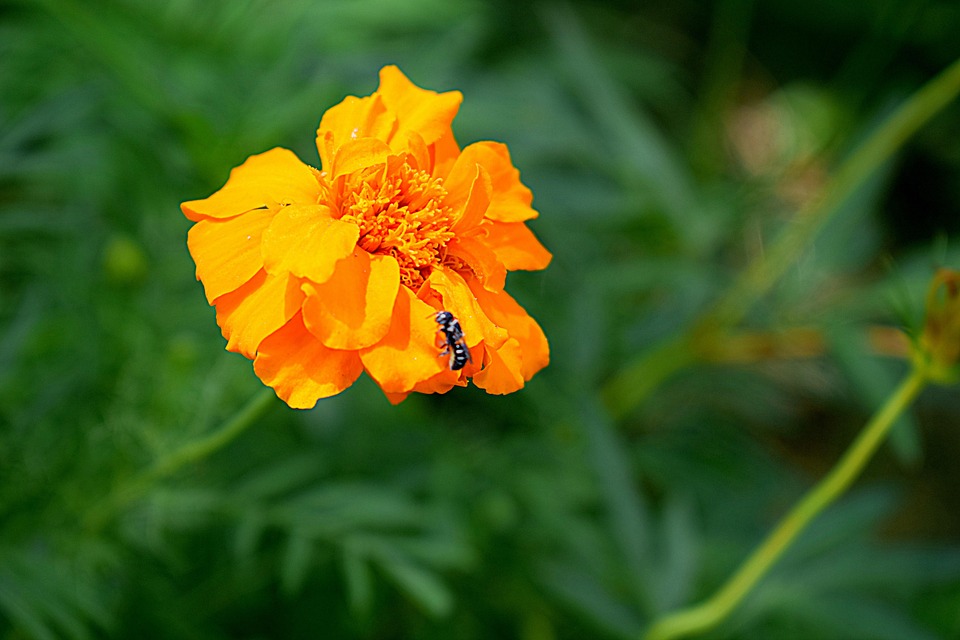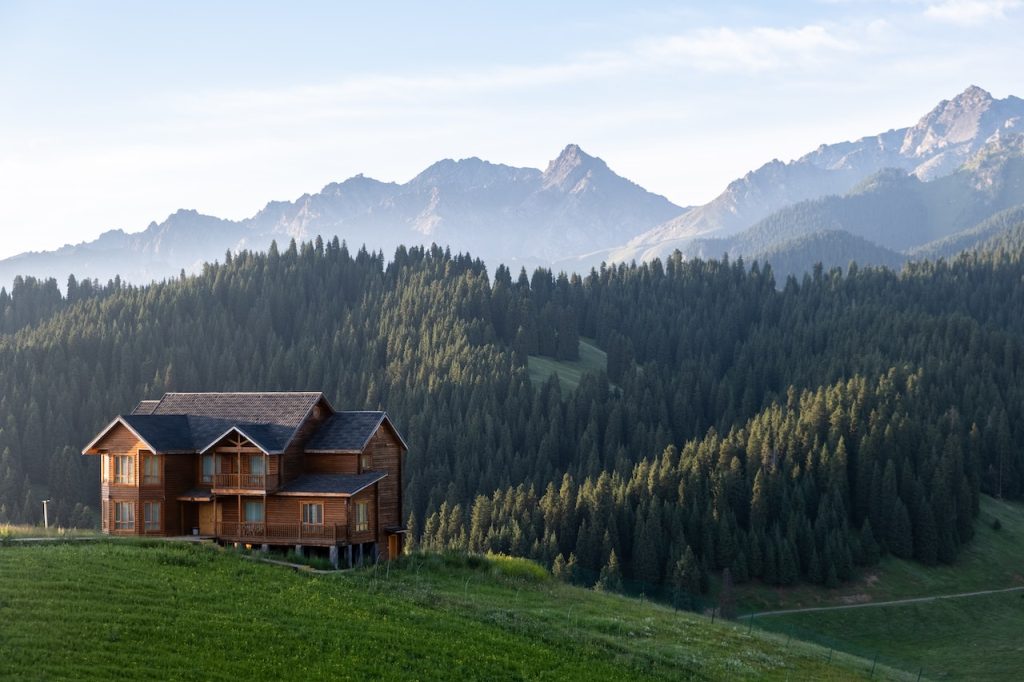# Greening Your Space: 10 Essential Tips for Sustainable Garden Design
There’s something magical about stepping into a thriving garden where every leaf, flower, and insect plays a part in a beautifully woven ecosystem. I remember the first time I transformed a forgotten patch of my yard into a lush oasis. It was a small space, barely 10 feet by 10 feet, but the moment I planted my first seeds, I felt an exhilarating connection to nature. The bees danced, butterflies fluttered, and even a curious rabbit occasionally hopped by to investigate. Designing a sustainable garden not only revitalizes your space but also empowers you to embrace a lifestyle closer to nature. Here’s how you can green your space with ten essential tips for sustainable garden design.
## 1. **Start Small and Think Big**
When embarking on your sustainable gardening journey, begin with a manageable space. A small plot encourages experimentation without overwhelming you. Choose a corner of your backyard or a series of containers if you’re patio gardening. As you gain confidence, your vision can expand. The key is to start small and slowly scale up your efforts, learning what works best in your unique environment.
## 2. **Choose Native Plants**
Native plants are local heroes in sustainable gardening. They are pre-adapted to your region’s climate and soil conditions, requiring less water and fewer resources than exotic species. Native plants also support local wildlife, attracting beneficial insects and pollinators. For instance, if you live in a dry area, look for drought-tolerant natives. Research local flora online, visit native plant nurseries, or consult your local gardening club to curate a resilient plant palette that flourishes in your garden.
## 3. **Embrace Permaculture Principles**
Permaculture is an incredibly effective approach to sustainable gardening. It emphasizes working with nature rather than against it, focusing on creating self-sustaining ecosystems. This can be as simple as placing plants with complementary needs together, like pairing nitrogen-fixing legumes with heavy feeders such as corn. Consider building swales to capture rainwater and direct it to thirsty plants. Design your garden layout in zones to maximize both productivity and efficiency.
## 4. **Implement Companion Planting**
Companion planting is the practice of growing certain plants together to enhance growth, deter pests, and improve flavors. For example, planting marigolds among your vegetables helps repel nematodes and other pests. Tomatoes and basil are another winning combination, with basil enhancing the flavor of tomatoes and providing mutual pest protection. Research different plant pairings that thrive in your region, and get ready for a crop that’s not only abundant but also harmonious.
## 5. **Water Wisely**
Water is a precious resource. Opt for drip irrigation or soaker hoses to minimize waste and deliver water directly to the root zone where it’s needed most. Collect rainwater in barrels for free irrigation, and consider incorporating a greywater system to recycle water from your home. Mulching is another excellent technique that helps retain moisture in the soil while suppressing weeds. By using these methods, you can nourish your plants sustainably, ultimately conserving valuable water.
## 6. **Reinvent Waste with Composting**
Composting transforms kitchen scraps into nutrient-rich soil, making your garden more robust while minimizing landfill waste. Start a compost bin with vegetable peels, coffee grounds, eggshells, and grass clippings. Avoid adding meat products. Keep the pile aerated and moist to encourage decomposition. In just a few months, you’ll have black gold ready to enrich your garden soil, promoting healthier plants while embracing the cycle of nature.
## 7. **Opt for Organic Pest Control**
Every garden faces pests, but the goal is to manage them organically. Introduce beneficial insects like ladybugs and lacewings, which prey on aphids and other harmful pests. Use neem oil sprays or homemade concoctions like soap and water to tackle infestations. Interplanting with strong-scented herbs can also repel unwanted guests. Always remember, a diverse garden is less susceptible to pest outbreaks, so cultivate a variety of plants to naturally boost resilience.
## 8. **Promote Biodiversity**
A biodiverse garden is not just appealing; it’s a powerhouse for ecological stability. Mix different plant species and encourage wildlife by incorporating birdhouses, bat boxes, and insect hotels. Create various microhabitats with water features, rocks, and logs. This encourages a range of life forms, from pollinators to soil microbes, contributing to a healthier ecosystem. The more diverse your garden, the more balanced it becomes.
## 9. **Utilize Vertical Gardening Techniques**
When space is at a premium, vertical gardening can work wonders. Small spaces can accommodate an array of plants by growing upward instead of outward. Herbs, strawberries, and even certain vegetables can thrive in vertical setups. Use trellises, hang pots, or repurposed wooden pallets to create eye-catching displays while maximizing productivity. Vertical gardens also improve air circulation and light exposure, reducing disease risks.
## 10. **Involve the Community**
Sustainable gardening thrives on collaboration. Join or start a community garden where neighbors can share knowledge, seeds, and tools. Participate in local gardening clubs or workshops to learn and teach sustainable practices. Community initiatives often lead to greater biodiversity, shared resources, and a deeper connection to both nature and your neighbors. Engaging with your community can turn gardening into a shared adventure rather than a solo endeavor.
## **Pro Tips**
– **Plan for the Seasons:** Rotate crops seasonally to maintain soil health and reduce pest populations.
– **Keep a Garden Journal:** Track what you plant, successes, failures, and lessons learned to refine your gardening practices over time.
– **Create Habitat Spaces:** Add a small pond, rock piles, or wildflower patches to attract beneficial wildlife and enhance biodiversity.
– **Sustainable Hardscaping:** Use recycled materials for paths and patios; consider permeable options to increase water absorption.
– **Educate Yourself Continuously:** Gardening is an ever-evolving journey. Read books, follow online courses, and stay connected to expert gardening communities.
As you embark on your gardening journey, remember that every small step toward sustainability counts. Whether you’re sprucing up a tiny balcony or launching a full-fledged backyard farm, each effort contributes to a greener planet. Utilize these essential tips on sustainable garden design to create a space that blossoms beautifully while respecting and enhancing the environment. Happy gardening!



